Life happens in narratives. Whether it’s a routine conversation over the dinner table or the sharing of a more personal story about a moment in time – we eat, breathe and sleep stories. We learn about one another through stories, which is why leaders who use storytelling connect with their audience and employees, at a much deeper level than those who don’t.
But, whilst storytelling in business is gaining more attention there are still many companies and leaders failing to communicate a story that is clear, concise, captivating and effective. Leaders attract followers by creating fellowship, and fellowship is built by sharing stories. The most effective leaders create communities through their words – they unite, not divide their followers, and they’ve been doing it for centuries.
We all love a happy ending, but leaders have a responsibility to tell honest stories – the ones that share the highs and lows, the successes and the failures through an authentic prism.
So, how can women use storytelling to their advantage?
Despite many women taking more risks and preparing themselves to take on more challenging roles, there are still too many obstacles preventing them from reaching the C-suite.
Women have a powerful skill that naturally sets them apart and gives them an edge… intuition.
It is this intuition, and natural empathy that mobilises hearts and minds – essential leadership tools that are often overlooked and undervalued…at times, by women themselves.
Scientists suggests women’s intuition is a product of evolution, while others suggest it is females’ strong ability to understand and predict the needs of their offspring that enable them to read emotions.
Science or otherwise, we only need to look back at the history books to see the impact women have had on shaping our world. From inventors to scientists, to politicians and activists many have been incredible pioneers who have rewritten history. Women such as Mother Theresa, Eleanor Roosevelt, Anne Frank, Maya Angelou and Malala Yousafzai all built a fellowship by not conforming to the status quo. Regardless of the consequences, they were unafraid to be seen and heard, and whilst they may have been championing different causes, they all shared one unique quality – the ability to tell stories that inspired others to take action.
But how do we encourage women to lean into these superpowers, and use them to create advantage for their organisations?
Women are hardwired for leadership, and when they lean into their natural, empathetic intuition, they are also well placed to become great storytellers. Good leadership and storytelling isn’t about using complicated words and jargon, but the purposeful sequencing of facts and emotions to connect with an audience, not as customers or employees, but as humans.
When done well, storytelling is the difference between someone who forces change and someone who inspires change through the power of choice. Whether the storytelling is used internally or externally, it is the secret sauce to building trust, brand legacy, generating profit and winning customer loyalty. Good stories humanise business, by communicating the complex into the clear and concise that directly positions you as the solution in your customer’s mind. After all, organisations are a system made up of human beings.
So, what makes a good story great, and what makes a leader a great storyteller?
Active listening
Regardless of whether you are doing a sales pitch to an executive, potential client or a presentation – the first thing is take the time to listen to your audience. Gandhi was a master listener, and only by listening from those he met was he able to find a voice that articulated the common dream. Listen to the stories being told around you at home, at work and socially. What do people care about and why? How can sharing your story improve their lives or motivate them to take action? Be an active listener and observer of others.
Assess the room
This is where women can really have the edge. Unlocking their intuition, women are exceptionally placed to read other people’s emotions, feelings, and facial expressions. They can adjust and react to body language and tone accordingly in order to build trust and safety. Only from a place of safety can powerful conversations, relationships and innovations can be born.
The complete picture
The best storytelling seamlessly weaves together people, places, emotions, conflict and triumph, transforming it into something relatable and experiential. But a good story is never just one single story………. as the writer Chimamanda Ngozi Adichie explains in her TED talk “The Danger of the Single Story” we risk creating division, misconception and ignorance when we only tell one aspect of a story or person. Embrace the complexities and tell the story from multiple viewpoints.
What’s the WHY?
As a leader, ask yourself what is the purpose of telling this story? What is the outcome you hope for by sharing it? Is it to educate, entertain, inform or inspire? In business, a good story acts as the bridge to communicate how your idea or concept can reduce pain, and provide a solution whilst also revealing the stakes.
You are NOT the hero
We’ve all met someone who loves to talk about themselves, and we all know what a turn off it can be. So, whilst it can be easy to fall into the trap of making yourself the hero, the best way to build a fellowship is to position your audience/customer as the hero and you as the guide. You are not the central character in the story, but you are the person who is equipped with the tools and knowledge your hero needs to overcome their problem.
Be curious
Effective leaders put words to the needs of others that convince them to join you. Use imagery, anecdotes, your personal experiences and those of others to illustrate and communicate your message. Paint a picture for your audience and show them, don’t tell them that you ‘get them’. Be a curious observer throughout your day. Listen to conversations around you. What are people talking about? What do your employees chat about at the coffee bar? Tap into these conversations and you will meet your audience where they are.
Vulnerability and Empathy are powerful
Being vulnerable is one of the most powerful things you can do as a leader. When women lean into their so-called soft skills, such as empathy and vulnerability, they become an attractive magnet for others to follow suit. Similarly, when our brains encounter a good story, oxytocin is released causing us to feel empathy, and empathy is what causes us to want to take action.
The leadership styles women have traditionally demonstrated such as empathy, vulnerability and gratitude are more important now than ever. The pandemic has shifted the landscape and again highlighted the need for a more flexible, diverse and inclusive approach to leadership. With so much content being produced and shared every day, the ability to tell a good story is critical for any organisation’s survival.
We are all storytellers, but the best ones reach the hearts and minds of their audience, which is why women are perfectly positioned to be great storytellers. While good stories do contain some or all of the elements above, there is no single template for how to tell a story. Stories reflect our lives, so as women we need to tap into the skills we were born with. Women can leverage their natural storytelling qualities to position themselves as leaders who can influence and benefit the boardroom and those around them.
Leadership storytelling is undoubtedly an incredibly powerful and versatile tool that all leaders can embrace. And whilst I am a huge advocate of the unique qualities women can bring to leadership, the most successful organisations are the ones who recognise and embrace the complimentary combination of both men and women.
Humans are programmed for stories, so whatever situation you are in, just ask yourself “what is the story here?” and if sharing it would make a difference – I guarantee that nine times out of ten, the answer will be a resounding yes.


